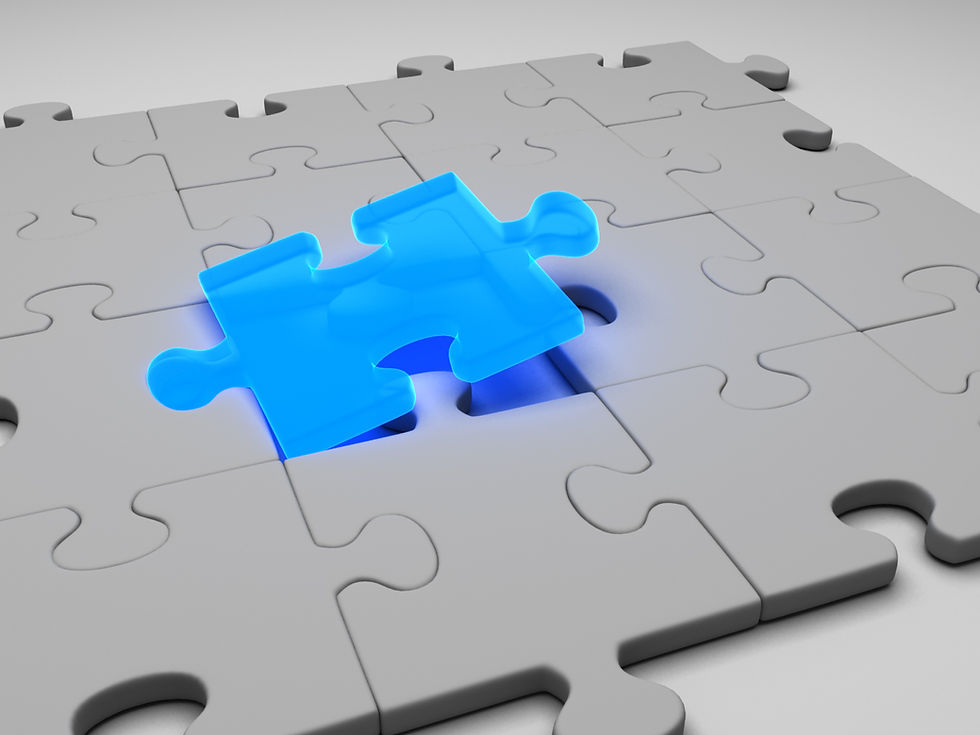Esports – it’s in the imagery
- SPRINT project

- Jun 9, 2023
- 2 min read
Updated: Jul 3, 2023

Think back to the last time you played a videogame – could you have avoided being squashed by the giant boulder if you had been more mentally battle fit?
Just as your favourite tennis player uses mental imagery to enhance their sporting performance, wellbeing, and self-confidence, the growing Esport industry may not be far behind in recognising the benefit of this important mental technique.
In a paper recently published in the Journal of Imagery Research in Sport and Physical Activity, Professor Jennifer Cumming and Dr Mary Quinton explain how sport psychologists can help Esport athletes to cope with unique gaming pressures and enhance their performance by using an imagery technique called Layered Stimulus Response Training (LSRT).
What is Layered Stimulus Response Training?
What are the different imagery components used in Layered Stimulus Response Training?
1. Information from the senses
Sensory information may include things the individual can see, hear, touch and taste.
2. Reaction to the sensory information
Reactions may be behavioural (e.g., moving towards something), physiological (e.g., increasing heart rate) or language-based (e.g., verbally encouraging yourself by saying ‘you can do it!’).
3. Meaningful interpretations of the reaction
Interpretations may be related to how the individual subsequently perceives themselves and thinks about the situation.

Key takeaways
Esports presents unique mental challenges to athletes.
A tailored and detailed mental imagery technique, such as LSRT, may be particularly helpful for Esport athletes.
Research should be carried out to assess the usefulness of LSRT in Esport athletes and whether there are particular Esports or athlete types who may benefit the most.
Do you want to learn more about LSRT in Esport athletes? You can read Jennifer and Mary’s academic paper here.
You can also read our previous blogs about mental imagery here and here; and find out about other important mental skills by downloading our mental skills toolkit and delivery guide and discovering our free resources.
References
Cumming, J., Cooley, S. J., Anuar, N., Kosteli, M.-C., Quinton, M. L., Weibull, F., & Williams, S. E. (2017). Developing imagery ability effectively: A guide to layered stimulus response training. Journal of Sport Psychology in Action, 8(1), 23–33. https://doi.org/10.1080/21520704.2016.1205698
Cumming, J., & Quinton, M. L. (2023). Developing imagery ability in esport athletes using layered stimulus response training. Journal of Imagery Research in Sport and Physical Activity, (0), 20220024. https://doi.org/10.1515/jirspa-2022-0024
Photo credit: Canva.
Written by Dr Sally Reynard, Research Associate in the SPRINT project.


Comments